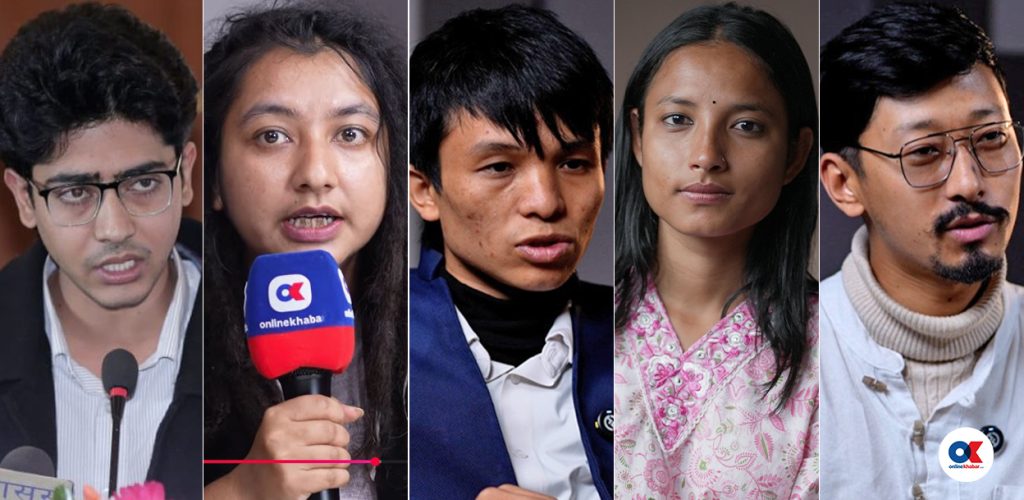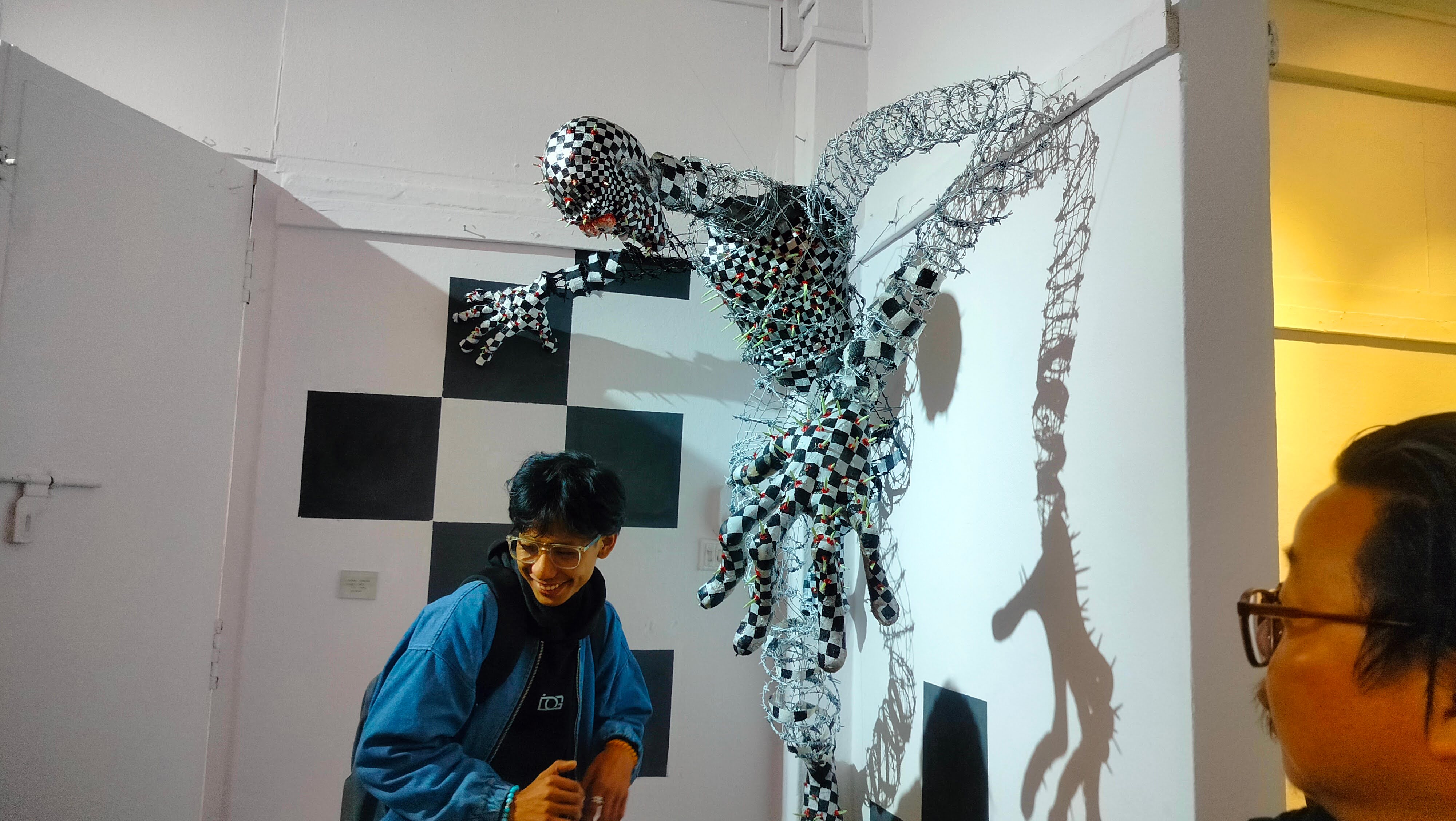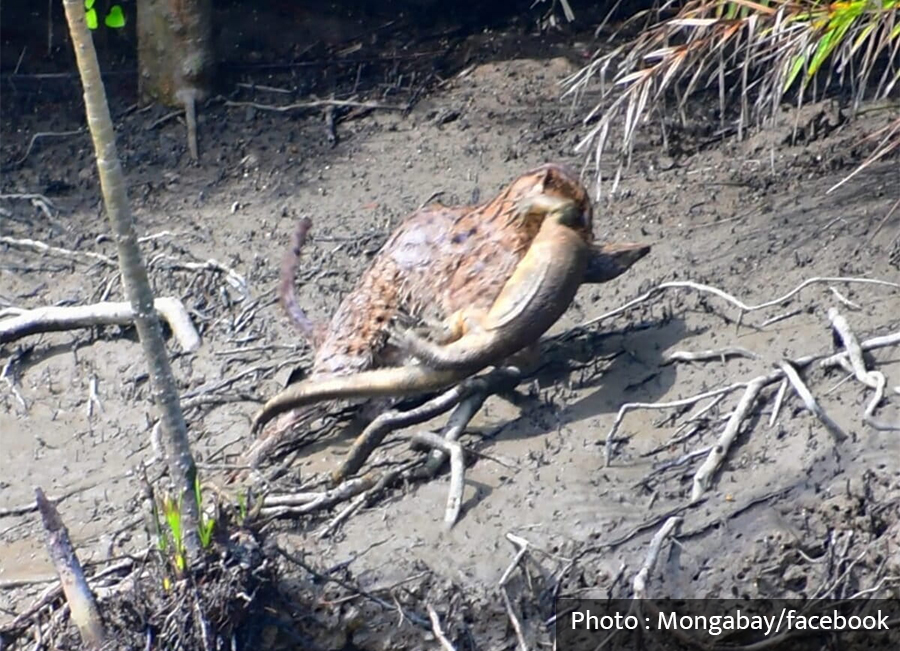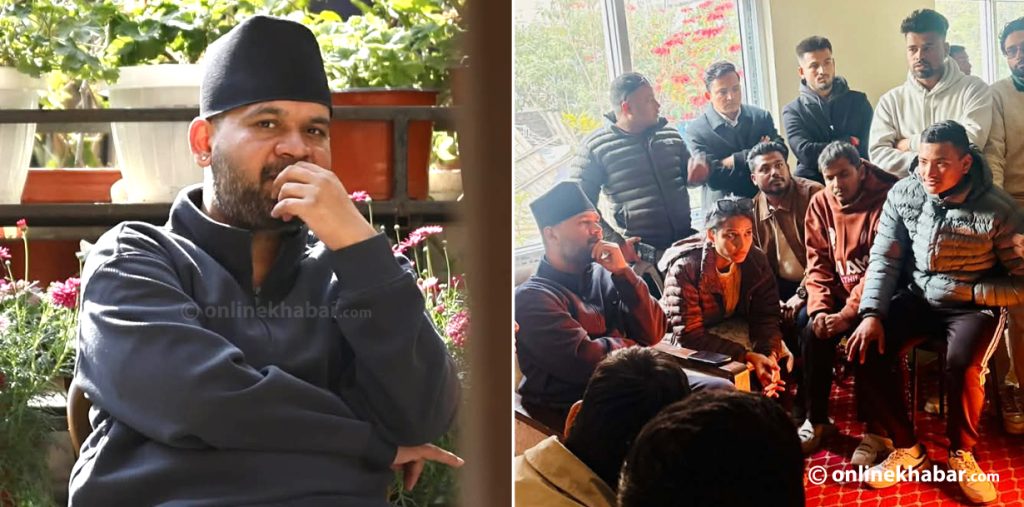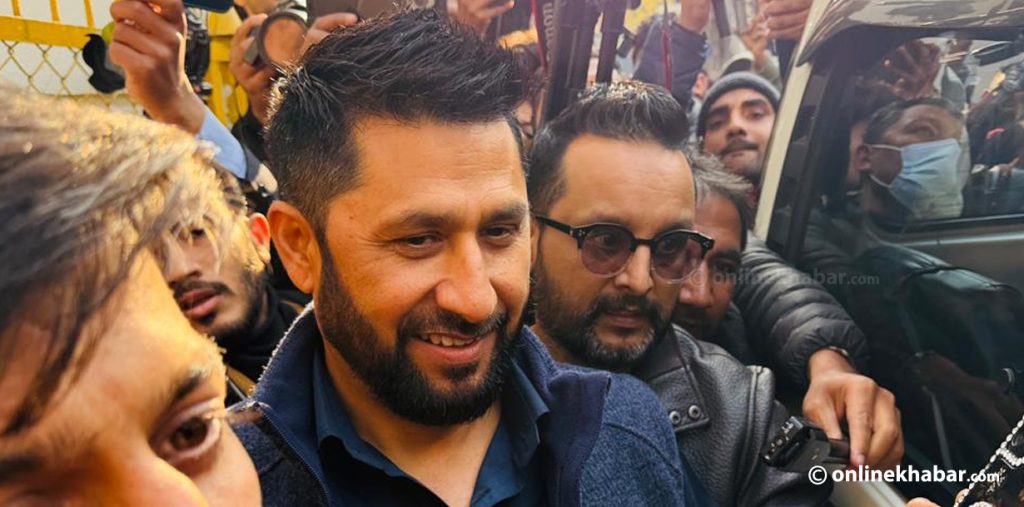Following the outbreak of the second wave of the Covid-19 pandemic, the Ministry of Finance, on the recommendation of the Ministry of Health, has been allocating a huge budget for setting up oxygen plants, ICUs, and HDUs in the district hospitals.
Altogether, the central, provincial, district hospitals and local hospitals have already received a budget of Rs 5.75 billion recently.
Interestingly, the size of the allocations has decided based on political lobbying. Home districts of top and powerful leaders have grabbed bigger shares than the districts where there is a huge crisis.
Leaders of both ruling and opposition sides, lawmakers and heads of constitutional bodies have taken the budget to their district hospitals. Meanwhile, at the local level, there has been a ‘cyber war’ between the cadres on giving credit to their leaders for bringing the budget.
Competition for credit on social media
On the one hand, supporters and cadres are busy in the race of thanking their respective leaders including former prime ministers, former speakers, ministers, ex-ministers and MPs of the dissolved House of Representatives for bringing the budget to the hospitals.
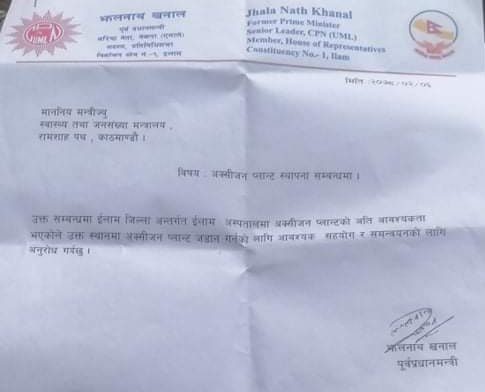
For instance, on Monday, the Ministry of Finance, through the Ministry of Health, agreed to spend Rs. 7.5 million to set up an oxygen plant at the Ilam District Hospital. Stating that the budget was managed by former prime minister Jhala Nath Khanal, some cadres posted a letter written by Khanal to the Ministry of Health on social media. Some claimed that it was because of the initiative of the former speaker of the House of Representatives, Subas Chandra Nembang. However, both Khanal and Nembang are silent on this matter.
On the other hand, some leaders are busy crediting themselves for bringing in the budget. For example, UML leader Sher Bahadur Tamang indirectly credits himself for allocating Rs 7.5 million for the Sindhupalchok District Hospital. He says he had written a letter to the Ministry of Finance on May 8 to lobby for the allocation.

Meanwhile, Shreedhar Neupane, the press advisor to Speaker Agni Prasad Sapkota, wrote on social media on Monday, “According to a letter from the Ministry of Health and Population, the budget has been approved by the Ministry of Finance for setting up an oxygen plant at Sindhupalchok District Hospital, Chautara, on the special initiative from Honourable Speaker Agni Prasad Sapkota. Now, the establishment work will move forward immediately.”
Sapkota had written a letter to the Ministry of Finance on May 20 for the budget. Not only Neupane, many CPN- Maoist Centre cadres have resorted to social media to thank the speaker.
Similarly, many leaders including UML leader Krishna Kumar Shrestha from Tanahun, former MP Mahesh Basnet, Minister for Foreign Affairs Pradeep Gyawali, Minister for Agriculture and Livestock Development Padma Aryal and many others are vying for the credit on social media after receiving budget allocations for the hospitals of their respective home districts. Next to them are their cadres and supporters competing, thanking and praising their respective leaders.

More the power, more the amount of budget
Looking at the list of hospitals that the Ministry of Finance has allocated budget for the purchase and installation of medical equipment, it is found that the more the power and reach of the leader is, the more the budget is allocated for his/her home district’s hospital.
Here is the instance. The hospital in Dadeldhura, the home district of former prime minister and Nepali Congress President Sher Bahadur Deuba, has received Rs 68 million.
Similarly, the district hospitals of the ministers and the powerful members of the ruling parties have also received a lot of budgets. For example, Syangja (the home district of Padma Aryal), Doti (the home district of Environment Minister Prem Ale), Arghakhanchi (the home district of former energy minister Top Bahadur Rayamajhi), Nawalparasi (the home district of Health Minister Hridayesh Tripathi and Tehruthum (the birthplace of the prime minister) have received Rs 15 million each.

Likewise, district hospitals in UML leaders Bhim Rawal‘s home district Achham, Yogesh Bhattarai‘s Taplejung, Bishnu Rijal‘s Dailekh and CPN-Maoist Centre leader Janardan Sharma‘s Rukum West are on the list of Rs 7.5 million recipients. Solukhumbu, Bajura, Bajhang and Mahottari district hospitals have also received a budget of Rs 7.5 million.
Not only is there a huge margin in the amount of budget allocated to the districts hospitals of leaders and ministers as per their power and reach, but also the hospitals in these districts have been receiving additional budgets.
Charikot Hospital in Dolakha, home district of Minister of Communication, Parbat Gurung, which has received a budget of Rs 7.5 million, has received an additional Rs 8 million for five HDU beds at Charikot Hospital. Likewise, Jiri Hospital in Dolakha has also received Rs 8 million for HDU beds.
Doti, the home district of Minster Ale, and Sankhuwasabha, the home district of Prem Kumar Rai, the chief commissioner of the Commission for Investigation of Abuse of Authority, are also on the list of hospitals that have received a budget of Rs 8 million for HDU beds. Similarly, the Gulmi Hospital in the home district of Minister Gyawali has twice received Rs 10 million for an oxygen plant and Rs 20 million for five ICU beds.
No budget for small party’s stronghold
Recently, the Bagmati provincial government allocated Rs 90 million to install and operate oxygen plants in Suryabinayak, Changunarayan and Madhyapur Thimi municipalities of the Bhaktapur district.
There are four municipalities in the smallest district of Nepal in terms of area. Whereas the provincial government has allocated funds for three local governments covering the suburban areas of the district, the Bhaktapur municipality, the local government covering the core town of Bhaktapur, has not received any money from the federal and provincial governments of late.
The reason is simple–while mayors of the three municipalities belong to the ruling CPN-UML, Bhaktapur municipality is led by the Nepal Workers and Peasants Party.
The party’s provincial lawmaker Surendra Gosain has recently protested the discriminatory allocation in front of Chief Minister Dor Mani Paudel.
Meanwhile, the federal government allocated Rs 1.41 billion to 41 hospitals of the country after the Nepali edition of Onlinekhabar criticised the discrimination earlier this week.
Multiple decision-makers
Meanwhile, the Ministry of Health claims allocations have been made to the hospitals only after a purely technical assessment considering the pandemic. But, as the recommendations of some ministries can be amended even by the Ministry of Finance, the Ministry of Health is not only the responsible body for all the decisions.

The Health Ministry Assistant Spokesperson Dr Sameer Adhikari explains the budget has been given to the hospitals considering the locations, patient pressure, bed occupancy and other crucial factors. “We also need to see if the infrastructure we provide is used,” he adds.
When asked about the pressure from the powerful leaders for allocating a budget in their home districts, he replies, “We are in Nepal. We don’t have to say what happens here, but the ministry makes budget recommendations only after evaluating the technical aspects based on sufficient evidence.”

















